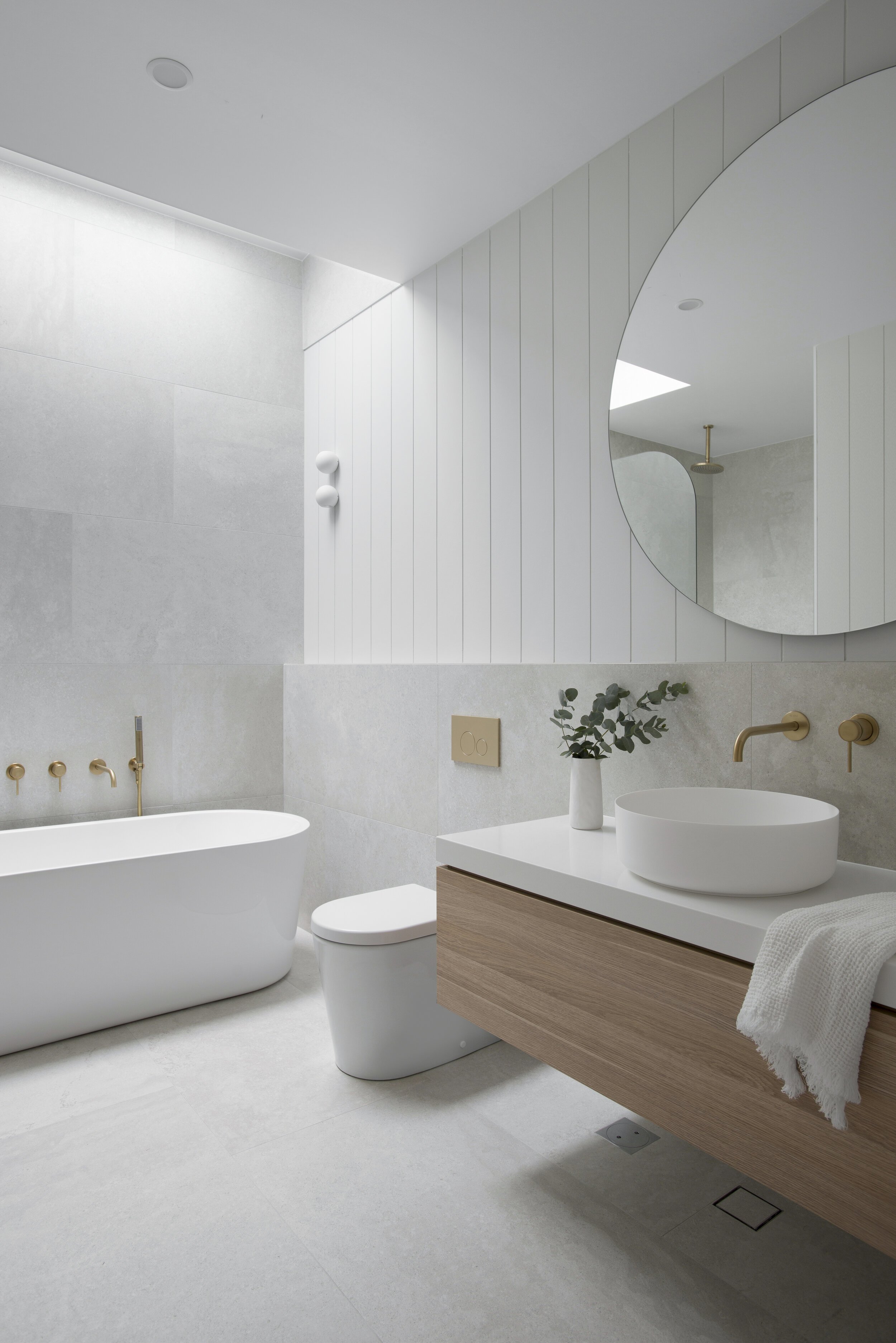The Americans with Disabilities Act (ADA) is a landmark legislation aimed at ensuring that individuals with disabilities have equal access to public spaces, including bathrooms. Understanding ADA bathroom requirements is essential for anyone involved in facility design, construction, or management. This article discusses the key requirements for accessible learn about ada bathroom requirements here and their importance in creating inclusive environments.

The Importance of ADA Compliance
- Promoting Inclusivity: ADA bathroom requirements are designed to eliminate barriers that prevent individuals with disabilities from using restrooms independently. By adhering to these standards, facilities can promote inclusivity for all users.
- Legal Requirements: Compliance with ADA standards is mandatory for most public facilities. Non-compliance can lead to significant legal consequences, including fines and lawsuits, making it essential for businesses and organizations to understand and implement these requirements.
- Enhancing User Experience: Accessible bathrooms improve the overall experience for all users, including families with children, elderly individuals, and those with temporary injuries. A well-designed restroom accommodates diverse needs and ensures comfort.
Key ADA Bathroom Requirements
- Accessible Stall Dimensions: At least one stall in a public restroom must be accessible, with a minimum width of 60 inches and a depth of 56 inches for wall-mounted toilets or 59 inches for floor-mounted toilets. This allows adequate space for wheelchair maneuverability.
- Installation of Grab Bars: Grab bars must be securely installed on the side and rear walls of the accessible stall, positioned between 33 and 36 inches above the floor. These bars provide essential support for users transitioning to and from the toilet.
- Toilet Height: Toilets must be installed at a height of 17 to 19 inches from the floor. This height makes it easier for individuals with mobility impairments to use the facilities.
- Sink Accessibility: Sinks should have clear floor space underneath to accommodate wheelchair users. The height of the sink should not exceed 34 inches, and faucets should be operable with one hand without requiring tight grasping.
- Door Specifications: Doors must have a clear opening width of at least 32 inches when fully open. Automatic doors or doors that swing outward can greatly enhance accessibility for all users.
- Clear Signage: Restrooms should be marked with clear signage that includes the International Symbol of Accessibility. Signs must also feature Braille to assist visually impaired individuals.
- Turning Space Requirements: Adequate turning space is crucial for wheelchair users. A minimum turning radius of 60 inches is recommended to allow for easy navigation within the restroom.
Best Practices for Compliance
To ensure that ADA bathroom requirements are met, facilities should:
- Conduct Regular Audits: Regular assessments of restroom facilities can help identify areas of non-compliance and allow for timely corrections.
- Consult with Accessibility Experts: Work with architects and specialists in ADA compliance during design and renovation phases to ensure all aspects meet standards.
- Provide Staff Training: Train staff on the importance of accessibility and how to assist individuals with disabilities effectively, creating a welcoming environment for all users.
Conclusion
Understanding and implementing ADA bathroom requirements is crucial for creating accessible and inclusive spaces. By adhering to these standards, facilities not only fulfill legal obligations but also enhance the user experience for everyone. Committing to accessibility reflects a broader dedication to equality and respect, ensuring that all individuals can use public restrooms with dignity and ease. Investing in ADA-compliant restrooms is not just about meeting regulations; it is about fostering an inclusive society where everyone can participate fully.
